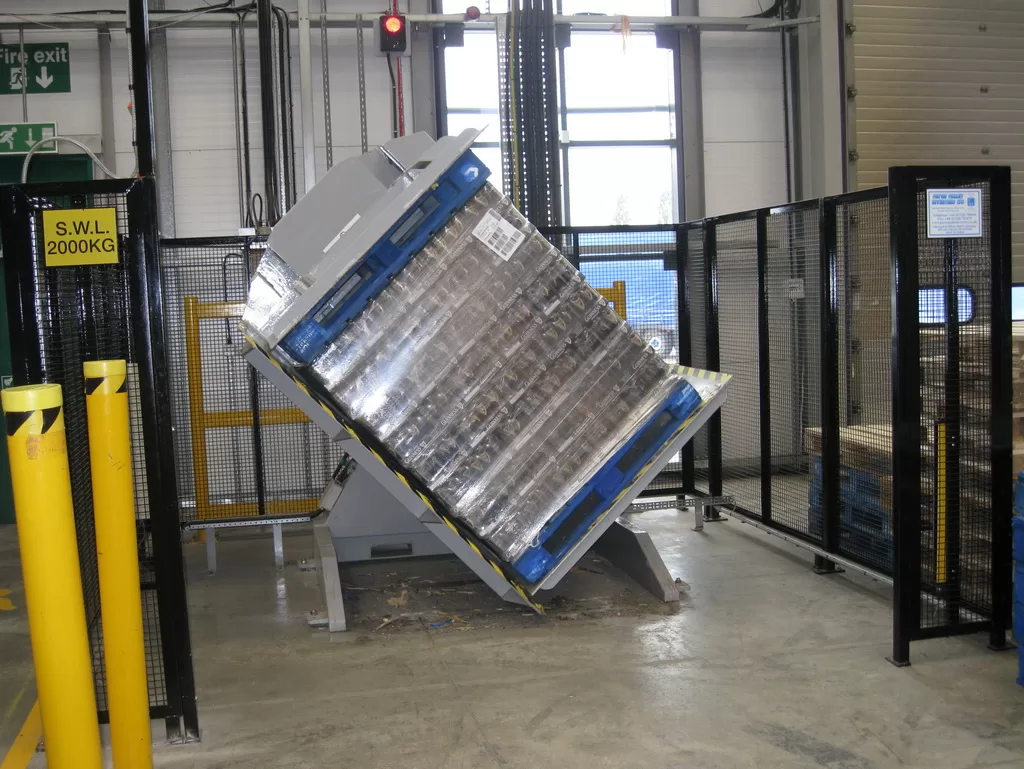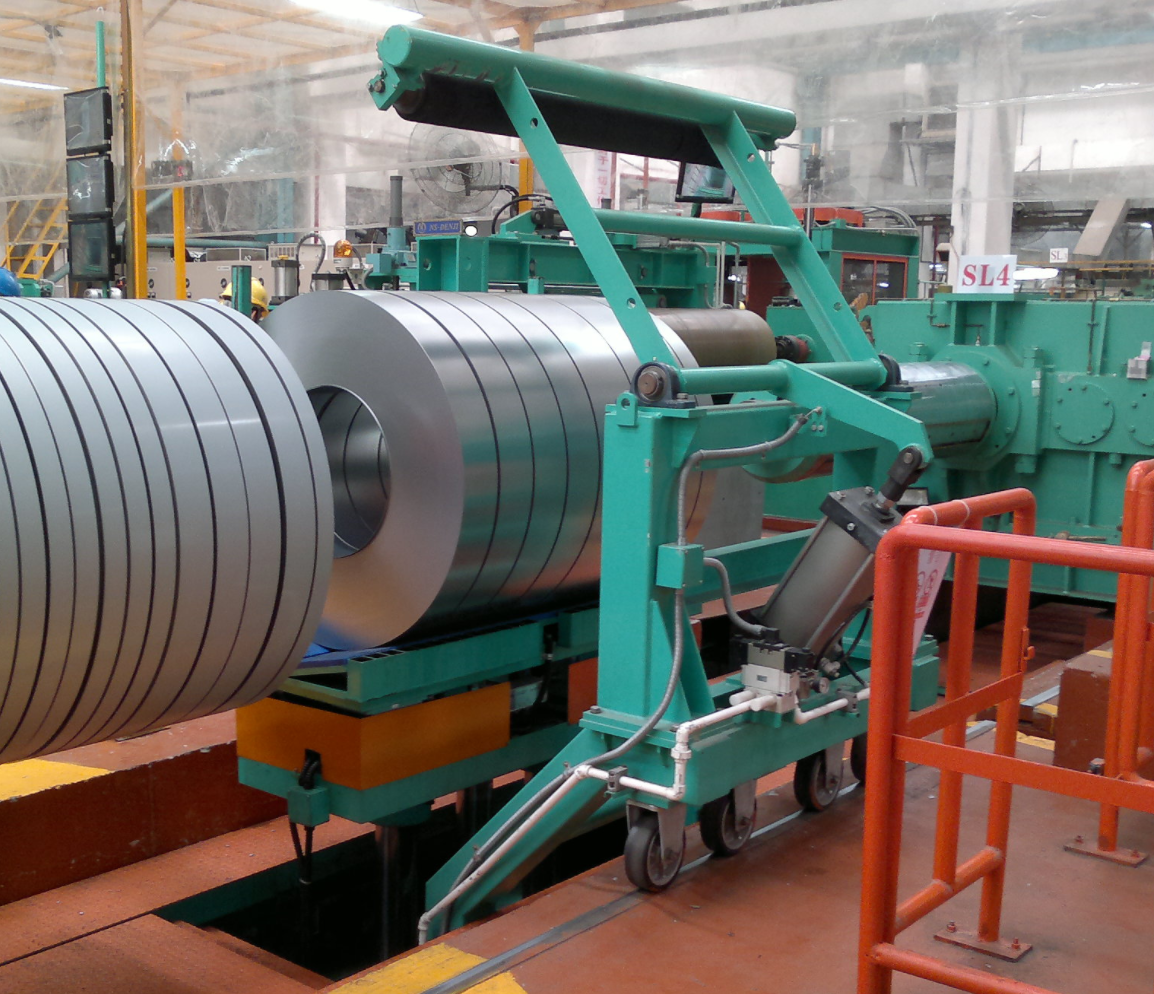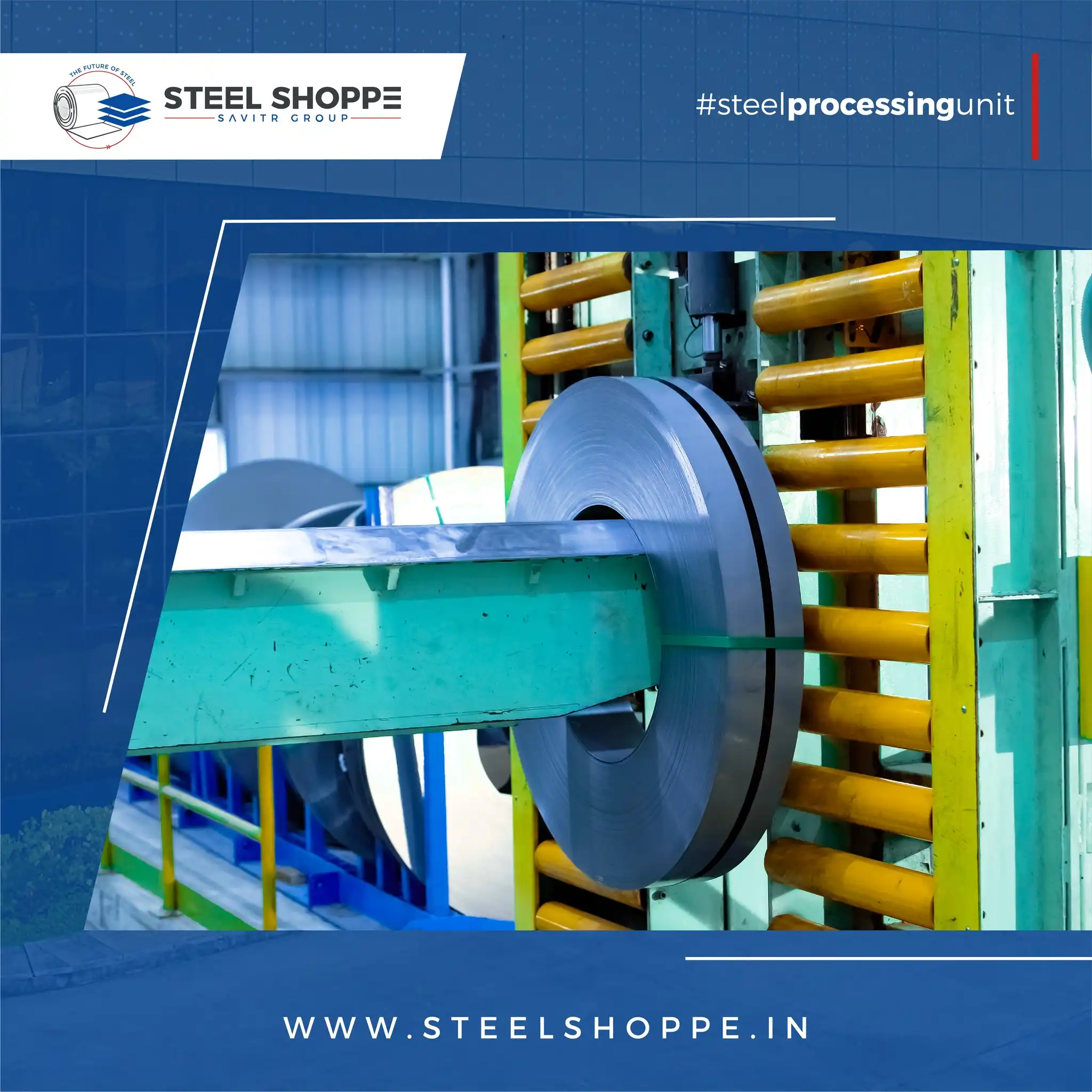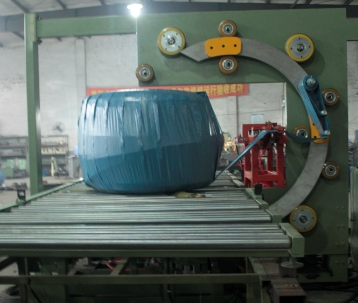
Understanding the cost of steel coil packing materials is crucial for efficient budgeting and operational success. Choosing the right packing machine and materials can significantly impact your bottom line, ensuring both cost-effectiveness and product safety during transportation.
Navigating the complexities of steel coil packaging costs can be challenging, but with the right information, you can make informed decisions that enhance your packaging strategy.
1. What factors influence the pricing of packing materials for steel coils?
Understanding the various elements that affect packing material costs helps in selecting the most efficient and economical solutions for your steel coils. These factors range from material types to machine-related expenses, all of which contribute to the overall pricing structure.
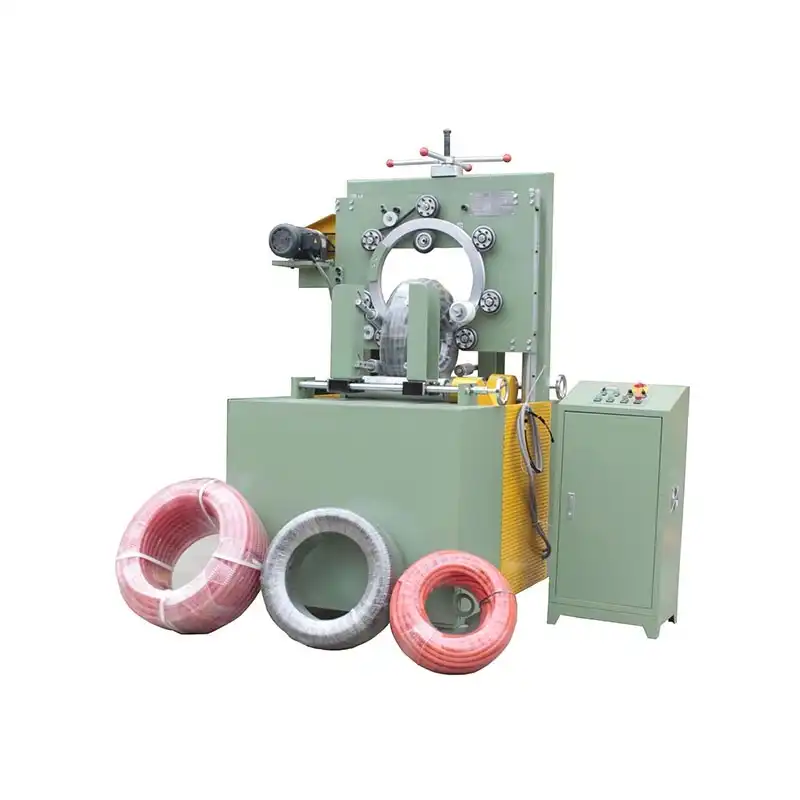
Several key factors influence the pricing of packing materials for steel coils, including the type of packing materials used, the complexity of the packaging process, machine efficiency, and the scale of production. Additionally, market fluctuations in material costs and maintenance expenses for packing machinery play significant roles.
Delving deeper into these factors reveals how each component interacts to determine the final cost, providing insights into optimizing your packaging strategy for better financial outcomes.
Key Factors Affecting Packing Material Pricing
| Factor | Description | Impact on Pricing |
|---|---|---|
| Type of Packing Material | Options include stretch film, paper, and knit belts. | Different materials have varying costs and durability, affecting overall expenses. |
| Machine Efficiency | Efficiency of packing machines like coil wrapping machines and pallet inverters. | More efficient machines can reduce labor costs and material waste, lowering total costs. |
| Production Scale | The volume of steel coils being packaged. | Higher volumes may benefit from bulk material discounts and improved machine utilization. |
| Market Fluctuations | Changes in the prices of raw materials and components. | Can lead to increased or decreased costs for packing materials and machine maintenance. |
| Maintenance Costs | Regular upkeep of packing machinery. | Higher maintenance can increase long-term expenses, influencing pricing decisions. |
By carefully analyzing each of these factors, I can tailor steel coil packaging solutions that balance cost and quality, ensuring your operations remain both efficient and economically viable.
2. How do different packing materials compare in terms of cost and efficiency?
Managing packaging costs while maintaining efficiency is a common challenge in the steel coil industry. Different packing materials can significantly impact both the budget and the operational workflow. Understanding these factors is crucial for making informed decisions that enhance productivity and reduce expenses.
Different packing materials vary in both cost and efficiency, impacting overall packaging solutions. Stretch film offers affordability and speed, paper packing provides environmental benefits, and knit belts ensure durability. Each material has unique advantages and trade-offs that affect the total cost and operational efficiency of steel coil packaging solutions.
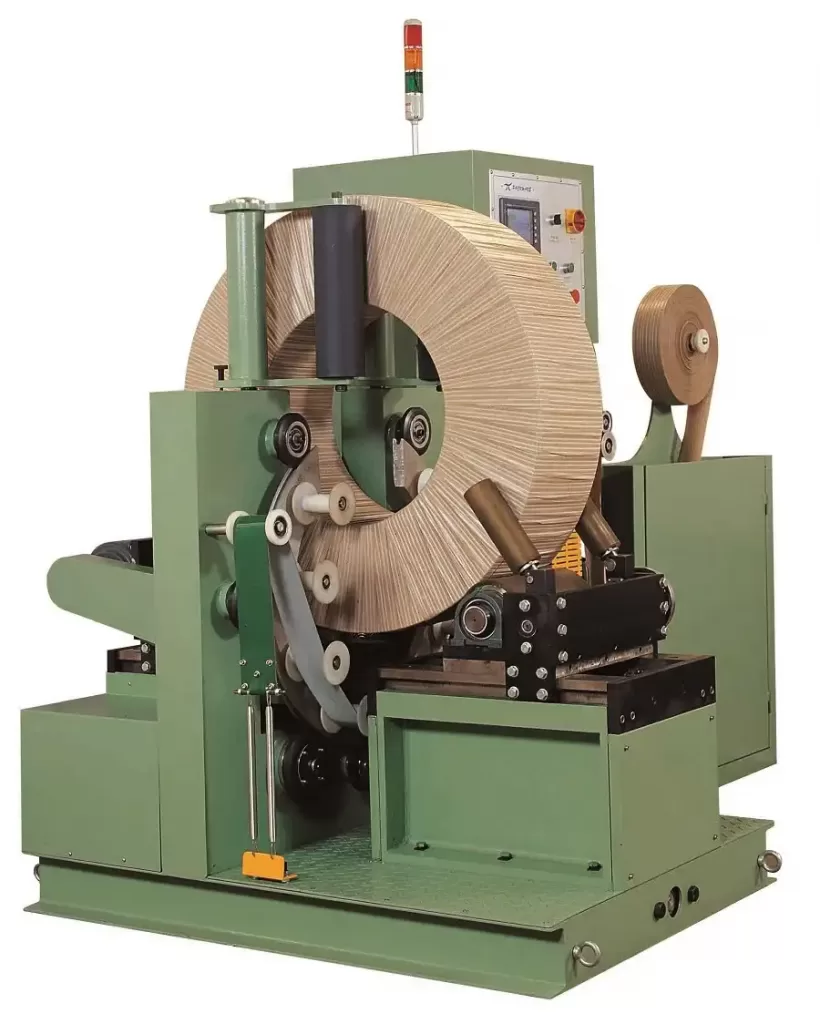
Evaluating Cost-Efficiency of Packing Materials
When selecting packing materials, it’s essential to balance initial costs with long-term efficiency benefits. Stretch film is often preferred for its low cost and quick application, making it ideal for high-throughput environments. However, its durability might be less compared to other materials. Paper packing, while slightly more expensive, offers better sustainability and can reduce waste management costs. Knit belts, although higher in price, provide superior strength and reusability, which can lead to savings over time.
| Packing Material | Initial Cost | Efficiency Benefits | Long-term Savings |
|---|---|---|---|
| Stretch Film | Low | Fast application, versatile | Moderate, depends on usage |
| Paper Packing | Medium | Eco-friendly, easily recyclable | High through waste reduction |
| Knit Belts | High | Durable, reusable | Significant over multiple uses |
| Coil Wrapping Machine Pricing | N/A | N/A | N/A |
Choosing the right material depends on specific operational needs and budget constraints. For instance, companies prioritizing sustainability might favor paper packing despite its higher upfront cost. On the other hand, businesses looking for speed and cost-effectiveness might opt for stretch film. Assessing these factors helps in selecting a material that aligns with both financial and operational goals.
3. What are the long-term cost considerations for using coil wrapping machines with various packing materials?
Investing in coil wrapping machines requires a thorough understanding of long-term cost implications. The type of packing material used can influence initial expenses, maintenance costs, and overall operational efficiency. Proper analysis ensures that the investment leads to sustained financial benefits and operational improvements.
Considering the long-term costs of coil wrapping machines involves evaluating the maintenance, material expenses, and potential savings associated with different packing materials. Stretch film may reduce initial costs but could incur higher material expenses over time, while knit belts offer durability that lowers replacement frequency. Understanding these factors helps in optimizing packing machine expenses and overall steel coil packaging solutions.
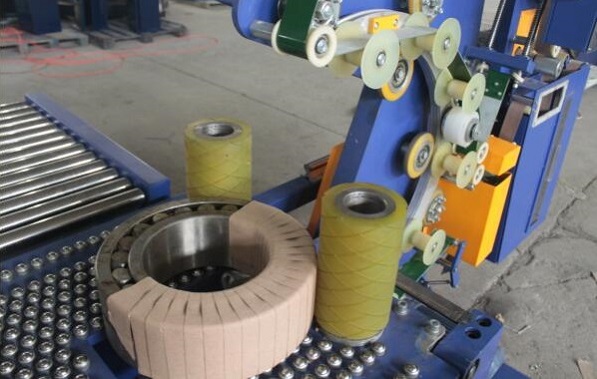
Long-Term Financial Impact of Packing Materials
Long-term cost considerations extend beyond the purchase price of packing materials. Maintenance of coil wrapping machines can vary depending on the material used. Stretch film, while inexpensive initially, may lead to more frequent machine adjustments and potential downtime due to material inconsistencies. Paper packing requires regular machine maintenance to handle the varied thickness and rigidity of paper materials. Knit belts, although initially costly, are gentler on machinery, reducing wear and tear and extending the machine’s lifespan.
| Cost Factor | Stretch Film | Paper Packing | Knit Belts |
|---|---|---|---|
| Initial Material Cost | Low | Medium | High |
| Maintenance Costs | Moderate (frequent adjustments) | High (handling rigidity) | Low (gentle on machinery) |
| Replacement Frequency | High | Medium | Low |
| Overall Long-Term Savings | Moderate | High through waste reduction | Significant due to durability |
| Packing Machine Expenses | Variable based on adjustments | Higher maintenance costs | Lower maintenance costs |
Additionally, energy consumption and labor costs associated with different materials can impact long-term expenses. Automating the packaging process with coil wrapping machines tailored to specific materials can enhance efficiency and reduce labor costs. For example, machines optimized for stretch film can operate faster, decreasing packaging time and associated labor expenses. Conversely, machines handling paper packing might require more careful operation, potentially increasing labor costs but offering environmental benefits that can translate into savings through sustainability initiatives.
Understanding these long-term cost factors helps businesses make strategic decisions that align with their financial goals and operational needs. Investing in the right packing material and compatible coil wrapping machine can lead to optimized packing machine expenses and more effective steel coil packaging solutions over time.
Conclusion
Choosing the right packing material for steel coils using coil wrapping machines involves balancing cost, efficiency, and long-term value. By evaluating factors such as material quality, comparative costs, and future financial considerations, mechanical engineering professionals can make informed decisions that enhance packaging effectiveness and cost management.

